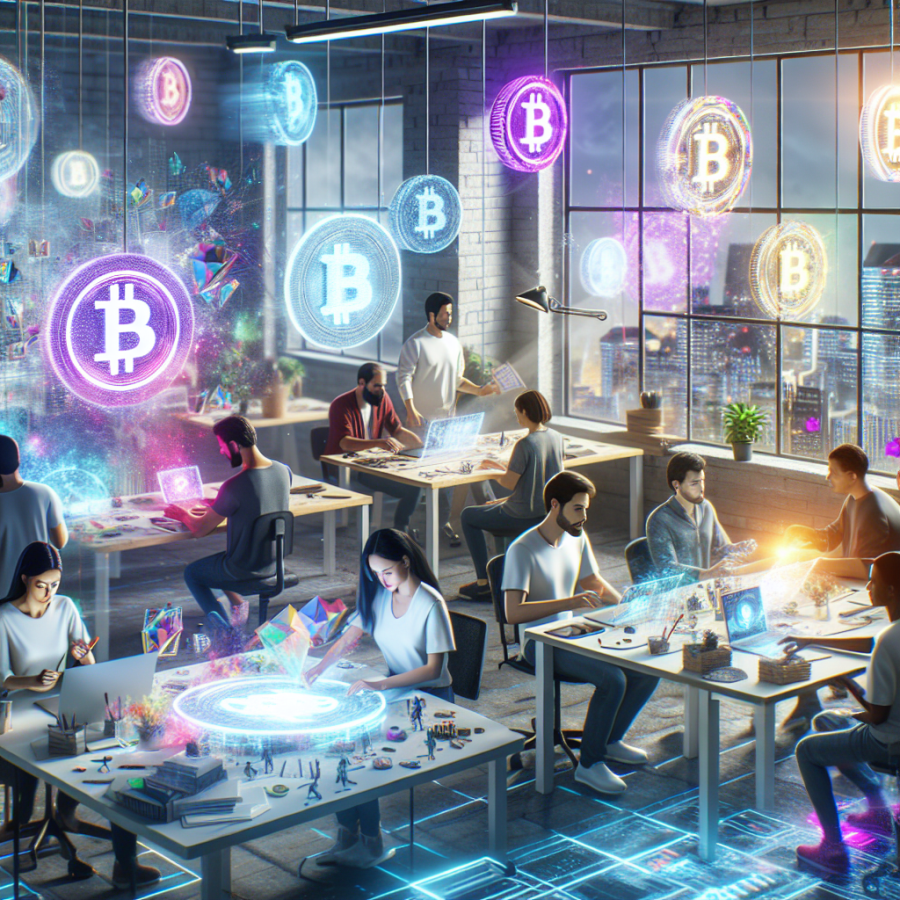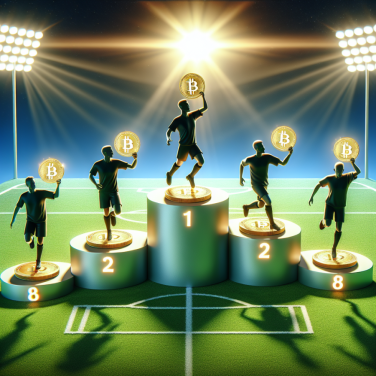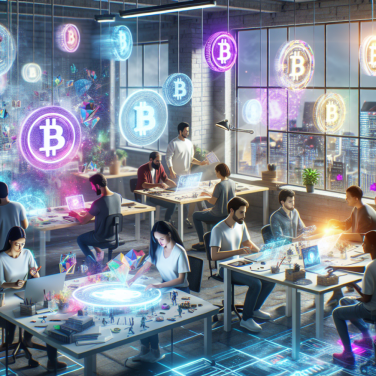Empowering Creators: The Impact of NFT Technology on Artist Autonomy and Revenue
The emergence of Non-Fungible Tokens (NFTs) has fundamentally disrupted the conventional art world, providing artists with unprecedented control over their work and earnings. NFT technology enables creators to mint their art onto a blockchain, certifying its authenticity and uniqueness through a digital ledger—a certificate of authenticity and ownership that is almost impossible to forge. This transformation ensures that the creator’s original vision remains intact, and their ownership is never diluted.
One area where artist autonomy has been significantly enhanced due to NFTs is in royalty rights. Traditionally, artists would sell their work and rarely benefit from any subsequent appreciation in value. However, NFTs can be programmed with smart contracts that automatically pay the creator a percentage of the sale price each time the digital artwork is resold, creating a continual revenue stream. This has the potential to provide artists with a sustainable income, particularly for those who go on to increase in popularity after the initial sale.
Moreover, NFT platforms are lowering the barriers to entry for artists to showcase and sell their work. In contrast to the traditional art market, which often requires the validation of galleries and auction houses, NFT marketplaces are more democratic. They allow artists to reach a global audience, sell directly to art collectors, and engage with fans without intermediaries. The reduction of such gatekeepers empowers artists to experiment with their art without needing to conform to the tastes or trends dictated by the traditional art market players.
Additionally, the transparency of the blockchain lends itself to a more equitable relationship between artists and buyers. NFT collectors can easily verify an artwork's provenance and transaction history, leading to increased trust in the market. For artists, this visibility means recognition of their work’s true lineage and ownership, which can contribute to their reputation and career trajectory.
NFTs are also fostering innovation in the way art is created and experienced. Some artists are pushing the boundaries of the medium itself, integrating immersive and interactive elements into their NFT-backed works. This could involve multimedia pieces that evolve over time, react to their owners, or even allow for the audience to participate in the creation process.
However, the rise of artist-backed NFTs isn’t without challenges. The environmental impact of blockchain technology is a concern, given the significant energy required to power transactions. There is also the issue of market volatility, with prices for NFTs fluctuating wildly and the potential for speculative bubbles.
Read also:
Striking Success: Mastering the Lanes of Ten-pin Bowling
Bridging the Gap: How Artist-Backed NFTs Are Transforming the Art World
The entrance of Non-Fungible Tokens (NFTs) into the art scene has sparked a revolutionary transformation in the way artists connect with audiences and monetize their work. One of the most striking impacts of NFTs is their ability to bridge the gap between artists and the art market, which has been traditionally mediated by galleries, auction houses, and other third-party institutions. Artist-backed NFTs represent a paradigm shift, offering several unique advantages that are redefining the creator economy within the art world.
Firstly, NFTs usher in unprecedented levels of authenticity and provenance. Each NFT is a distinct digital asset that cannot be replicated or forged, thanks to blockchain technology. This immutable record-keeping feature is crucial for artists, ensuring that their creations are forever linked to them, with a transparent chain of ownership that adds value and trust to their works. For collectors, this means a new level of confidence in the authenticity and originality of the pieces they acquire.
Another transformative advantage of artist-backed NFTs is the democratization of art ownership and investment. Traditionally, investing in art required substantial financial resources and privileged access to high-profile art markets. Now, with the ability to tokenize artwork and sell fractional ownership, artists can reach a wider array of investors and art enthusiasts, allowing for more inclusive participation. This can help create a broader, more diverse collector base and encourages community-building around artists and their works.
The most ground-breaking feature of NFTs is perhaps the new economic models they enable, such as perpetual royalties. Artists can program royalties into their NFTs, ensuring that they receive compensation every time their art is sold or changes hands on the secondary market. This creates a continuous stream of income that can provide stability and recognition for the artist's ongoing contributions to the art community. This feature significantly alters the traditional model, where artists typically benefit only from the first sale of their work.
Integration with digital experiences provides another avenue for artists to enhance the value of their NFTs. Augmented reality, virtual reality, and other interactive elements can be embedded within NFTs, transforming static pieces into dynamic experiences. This also contributes to the NFT's uniqueness and can increase its appeal and market value, offering an entirely new dimension to digital art that was otherwise difficult or impossible to monetize.
Lastly, artist-backed NFTs propel forward the concept of artistic autonomy and control.




